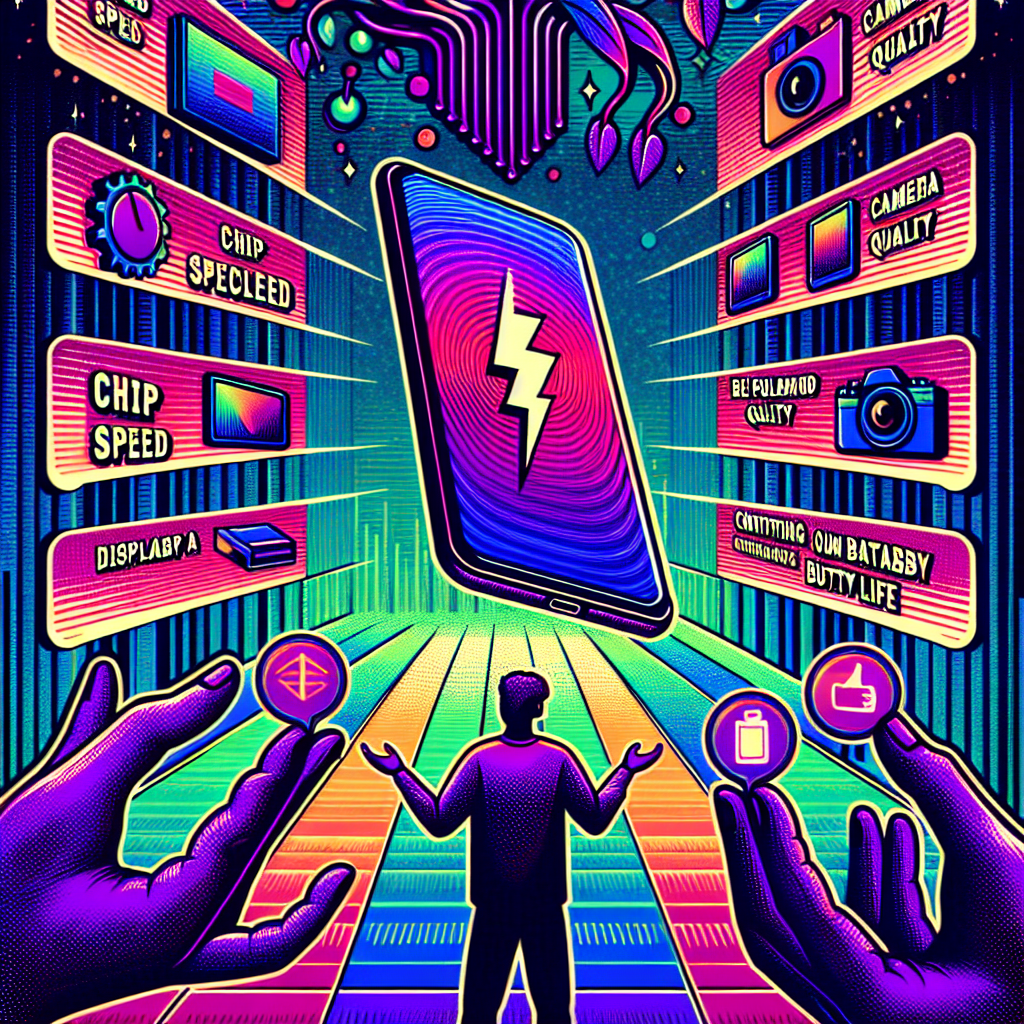When it comes to buying a new iPhone, one of the most important factors to consider is how well the device will perform. But with so many different models and features on the market, it can be tough to know where to start. That’s why Apple has developed a rating system for its iPhones, designed to help consumers make informed purchasing decisions. In this article, we’ll delve into the world of iPhone ratings and explore what they mean for you.
Understanding iPhone Rating Systems: A Beginner’s Guide
When it comes to understanding iPhone rating systems, many users are left feeling confused and overwhelmed. Apple’s rating system is designed to provide a clear indication of an app’s quality, but deciphering the ratings can be challenging for newcomers.
To start, let’s break down the different rating levels:
- 1-2 stars: Apps with low ratings often have poor performance, lackluster user interfaces, or limited functionality. These apps may not meet expectations and are best avoided.
- 3-4 stars: Apps with mid-range ratings provide a solid experience but may lack certain features or exhibit minor bugs. Users who want a reliable app with some limitations can find value here.
- 5-star ratings: The highest-rated apps consistently deliver exceptional performance, stunning visuals, and innovative features. These apps are often considered industry standards.
Beyond the numerical rating, users should also consider the following factors:
- Reviews: Pay attention to user reviews to gauge an app’s overall quality. Look for patterns in both positive and negative feedback.
- Categories: Apps can be categorized by purpose, genre, or audience. Choose apps that align with your needs and preferences.
- Developer reputation: Investigate the developer behind the app. Established developers often produce high-quality content.
By considering these factors alongside Apple’s rating system, users can make informed decisions when selecting iPhone apps. With this guide, you’ll be well-equipped to navigate the App Store and discover top-rated applications that meet your needs.
The Pros and Cons of User-Generated Reviews on Apple iPhone Rating Systems
User-generated reviews have become an integral part of the Apple iPhone rating system. These reviews provide potential buyers with valuable insights into the device’s performance, features, and overall user experience. On the one hand, user-generated reviews offer several benefits.
Firstly, they allow users to share their genuine experiences with others, helping to build trust in the product. Honest feedback can also encourage manufacturers to improve their products by identifying areas for enhancement. Additionally, user-generated reviews enable consumers to make informed purchasing decisions, as they can compare different models and features based on real-world usage.
On the other hand, there are some drawbacks to consider.
One significant concern is the potential for biased or inaccurate reviews. Some users may have unrealistic expectations or be influenced by external factors, leading them to provide unfair ratings. Furthermore, the sheer volume of user-generated content can make it challenging for consumers to discern reliable information from unreliable sources.
Another issue is the lack of accountability among reviewers. Without a formal review process in place, some users may take advantage of their anonymity to post misleading or even defamatory reviews.
In any case, the role of user-generated reviews in shaping public opinion and influencing purchasing decisions cannot be overstated. As the technology landscape continues to evolve, it will be essential for manufacturers like Apple to strike a balance between harnessing the power of these reviews and mitigating their potential drawbacks.
Expert Opinions vs. User Ratings: Which to Trust?
When it comes to evaluating the Apple iPhone rating system, two primary sources of information emerge: expert opinions and user ratings.
Expert opinions are based on in-depth analysis and testing by professional reviewers who have hands-on experience with the device. These individuals typically possess extensive knowledge about technology and are well-equipped to identify both strengths and weaknesses. Their opinions are often backed by rigorous testing, which ensures that their assessments are accurate and reliable. For instance, tech enthusiasts like CNET’s Jessica Dolcourt or Wired’s Brian Barrett provide insightful reviews that offer valuable insights into the iPhone’s performance, camera capabilities, and overall user experience.
On the other hand, user ratings rely on collective opinions from individuals who have purchased and used the device. These ratings are often based on personal experiences, biases, and limited exposure to the device’s features. While user reviews can be useful for identifying specific issues or highlighting unique strengths, they may not provide a comprehensive understanding of the iPhone’s capabilities.
The key difference between expert opinions and user ratings lies in their credibility and reliability. Expert reviews are typically well-researched and unbiased, whereas user ratings might be influenced by personal preferences or limited exposure to the device. When evaluating the Apple iPhone rating system, it is essential to consider both sources of information, taking into account their strengths and limitations.
Conclusion
In conclusion, understanding Apple’s iPhone rating system is crucial for making informed purchasing decisions. By considering both expert opinions and user ratings, consumers can gain a comprehensive understanding of an iPhone’s performance, features, and overall user experience. Whether you’re looking for a reliable device with solid functionality or one that excels in specific areas like camera quality, the iPhone rating system provides valuable insights to help guide your decision.

